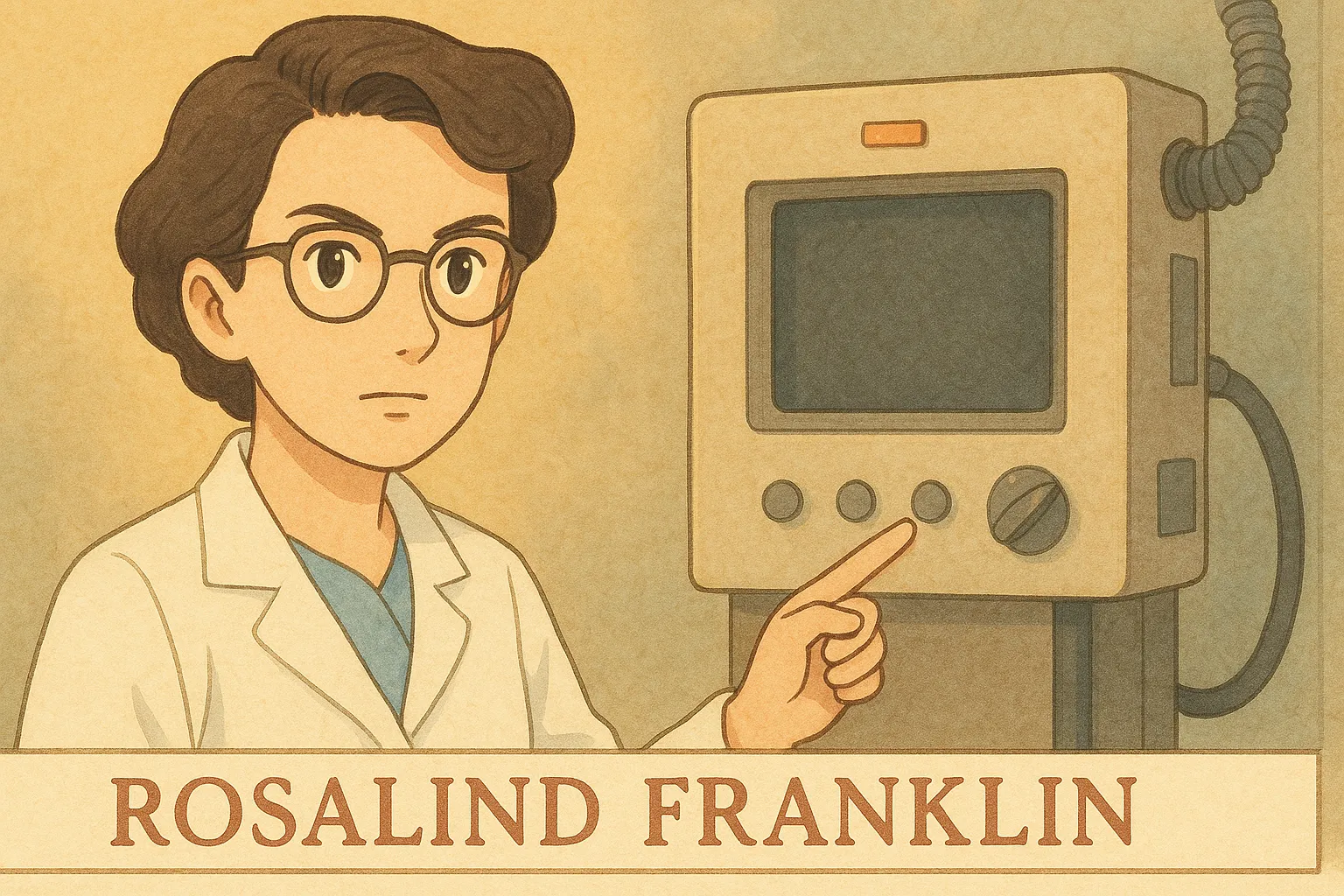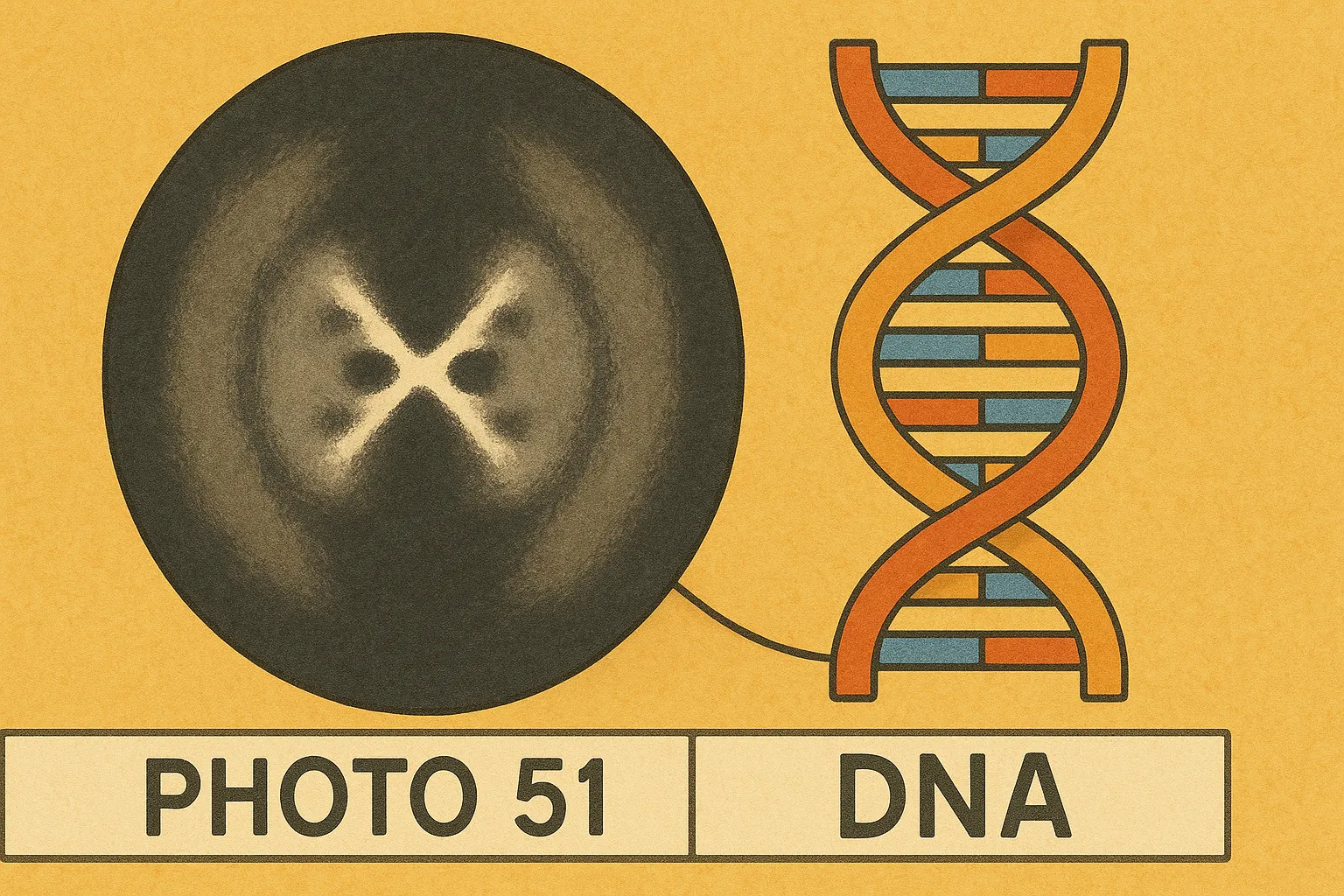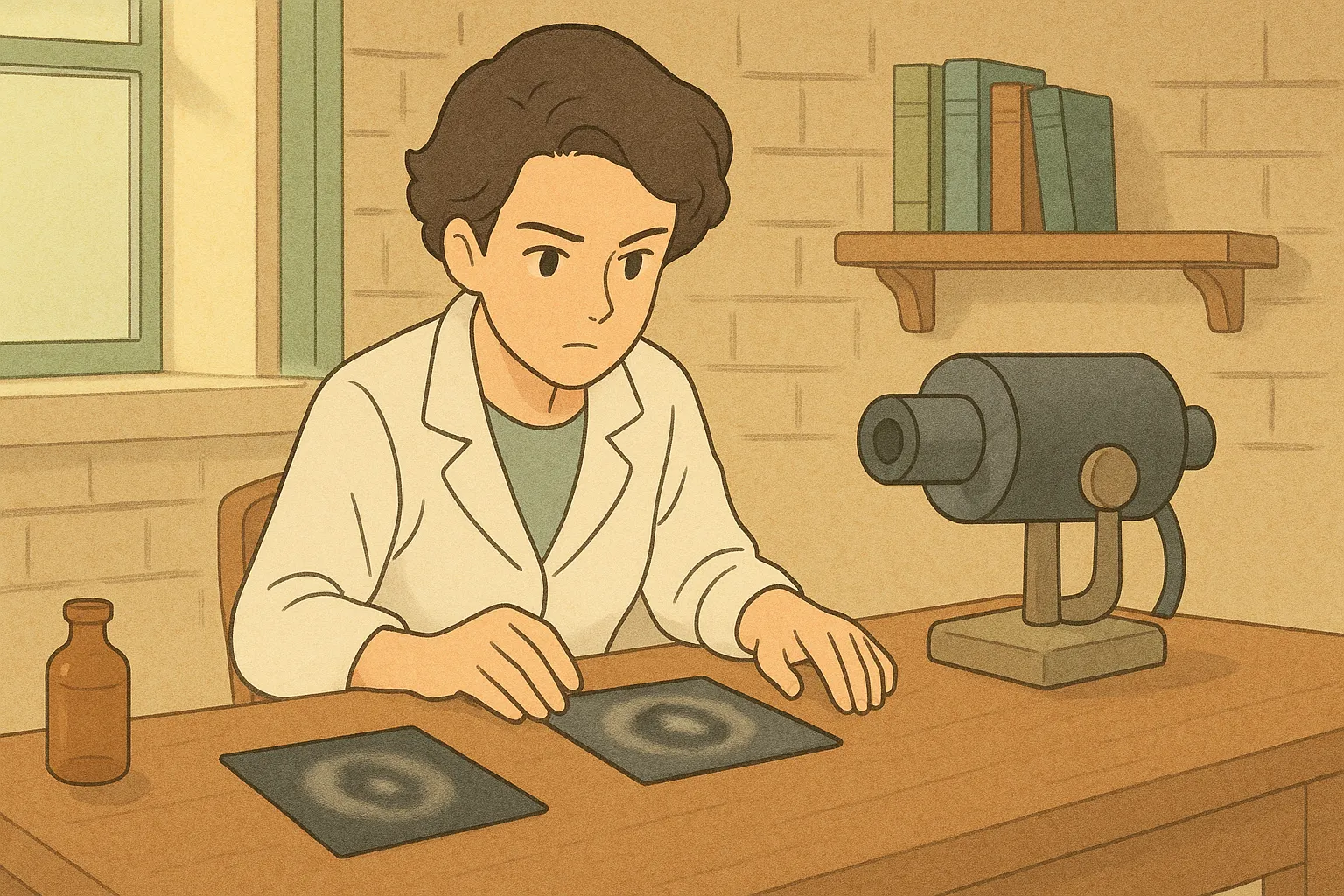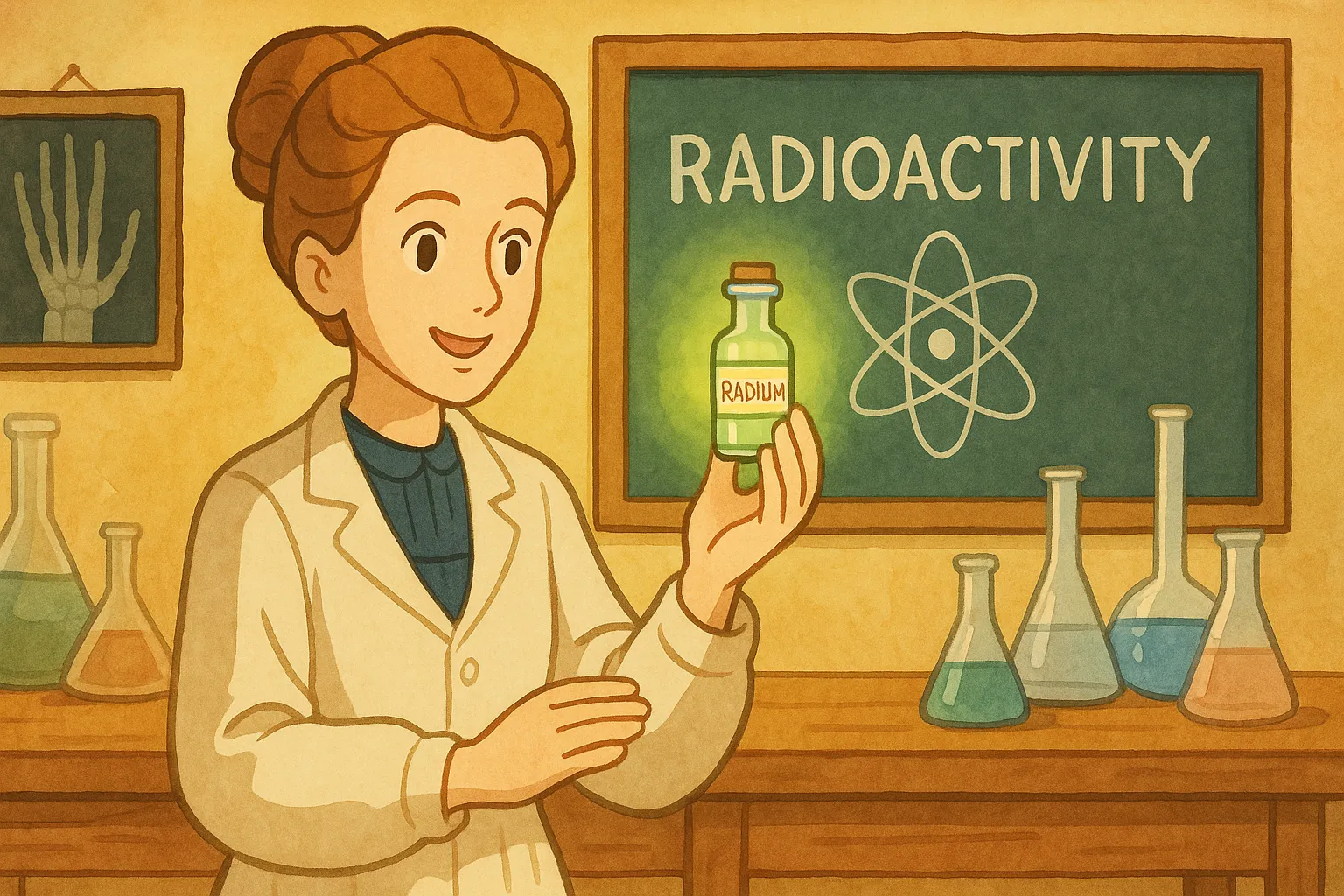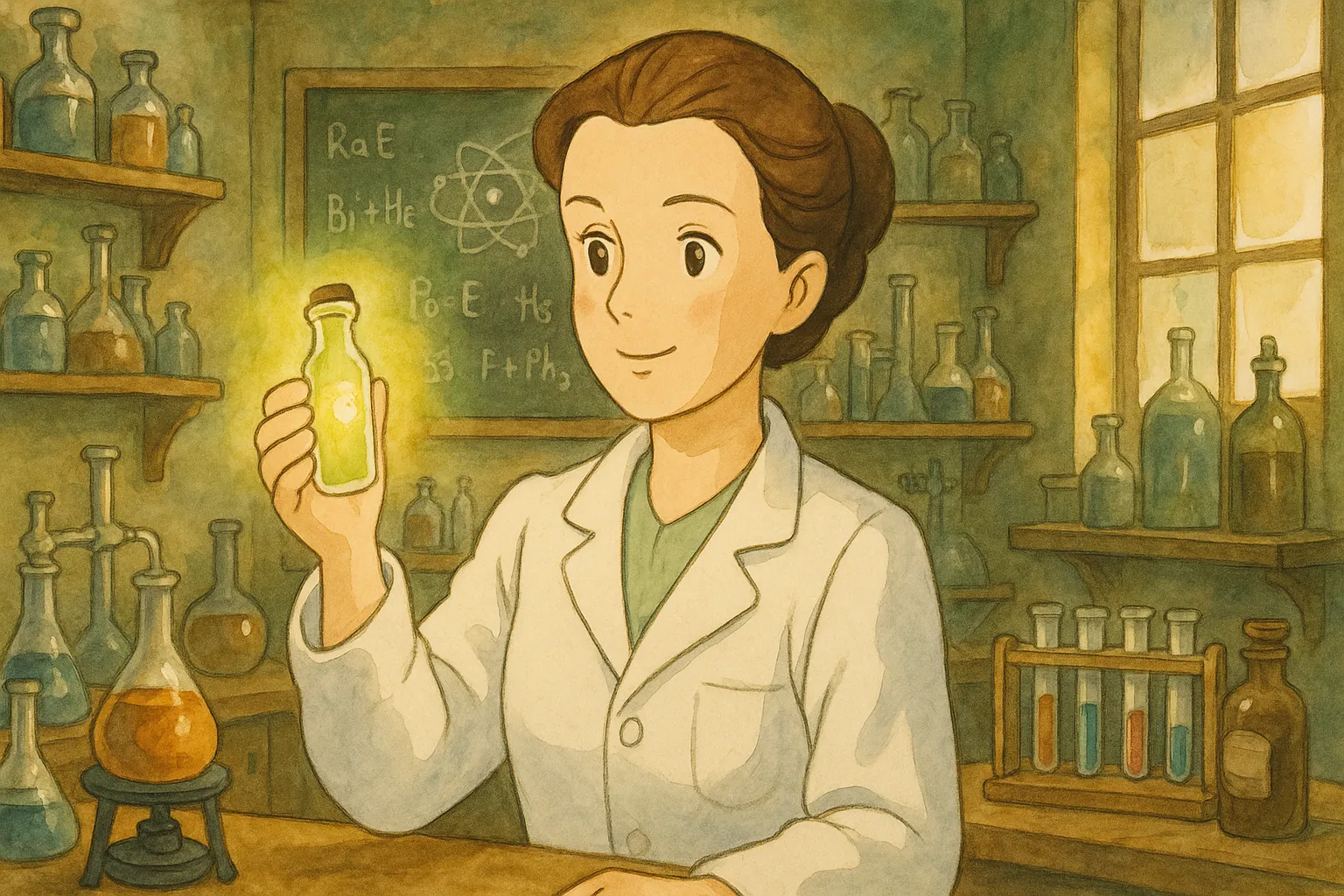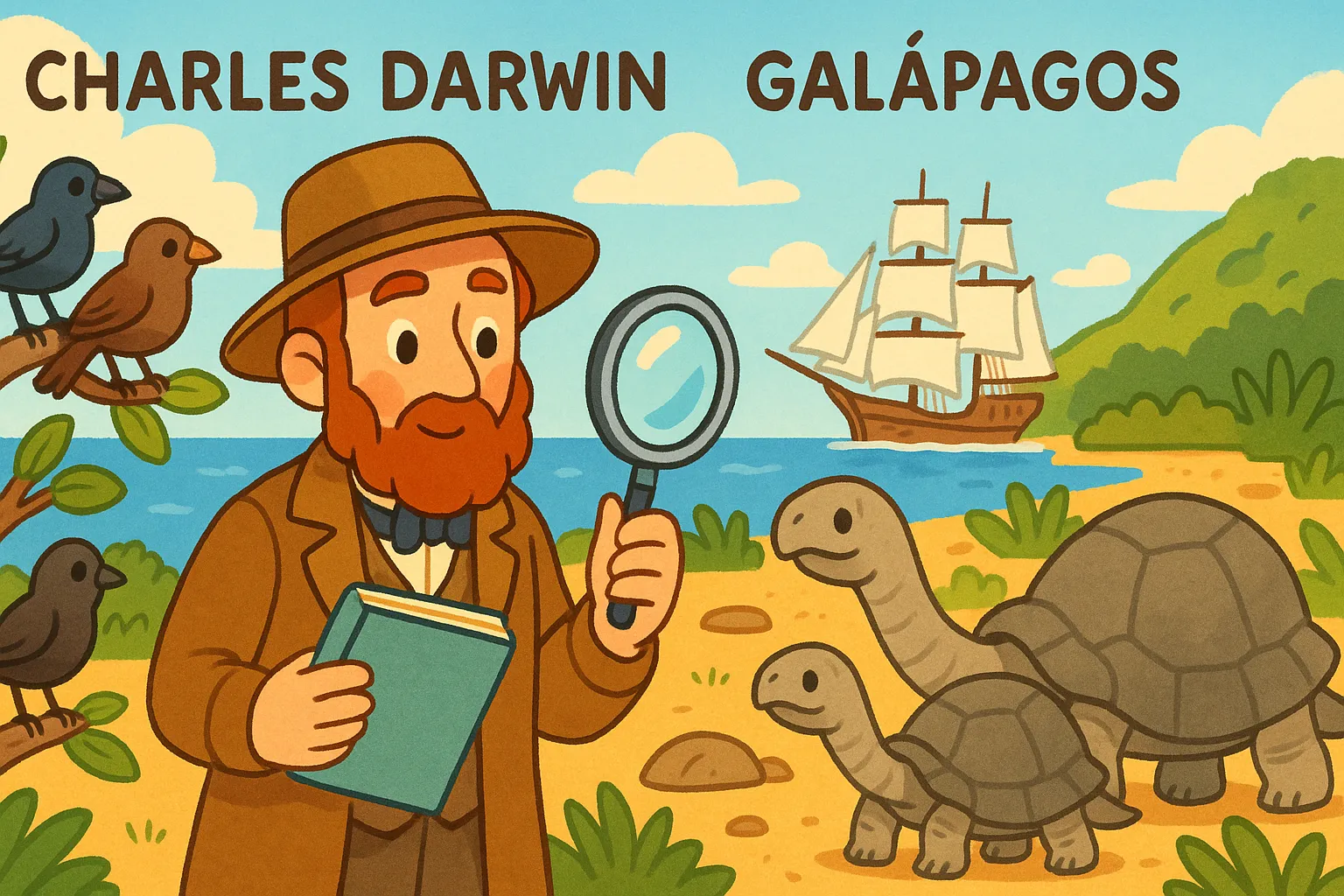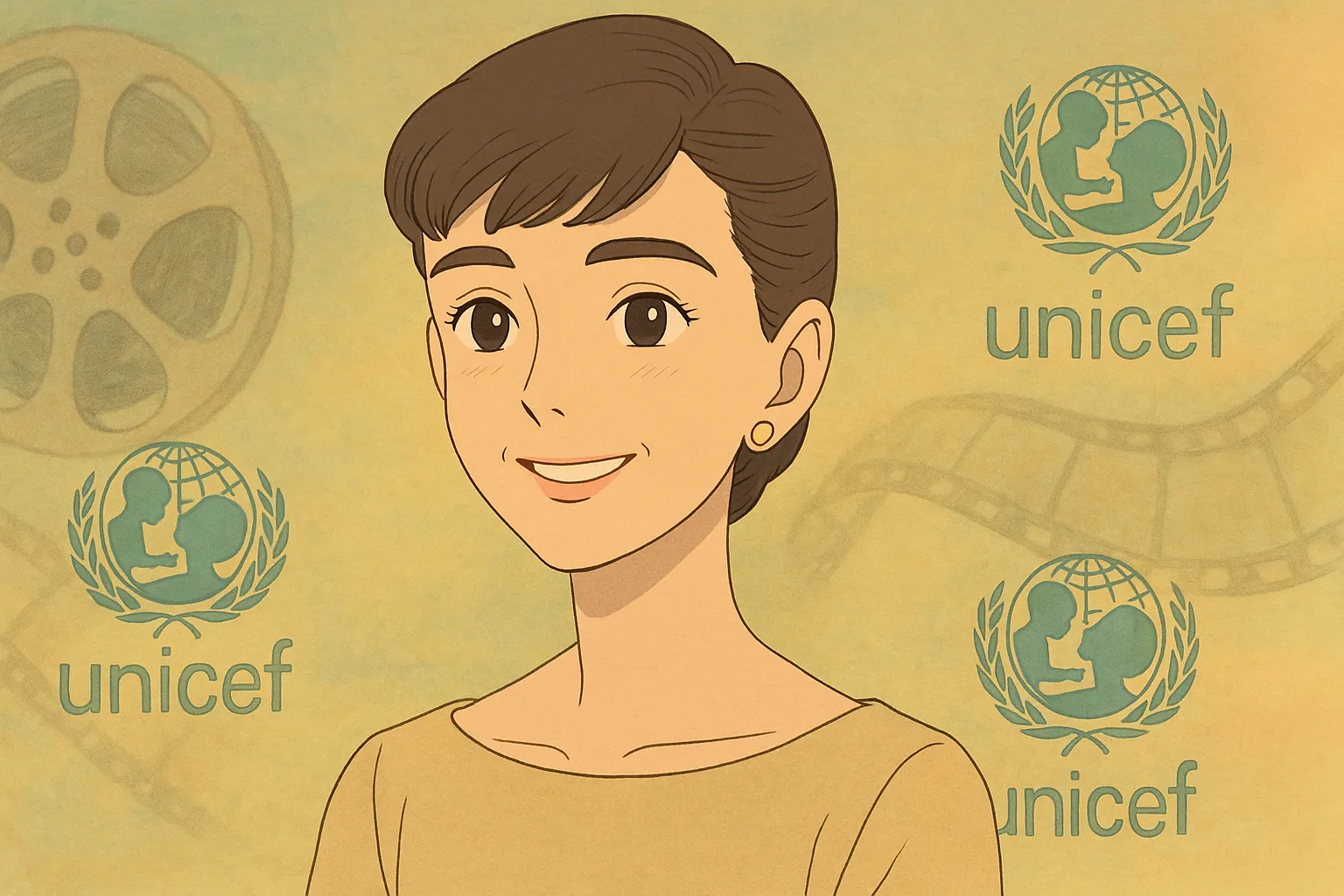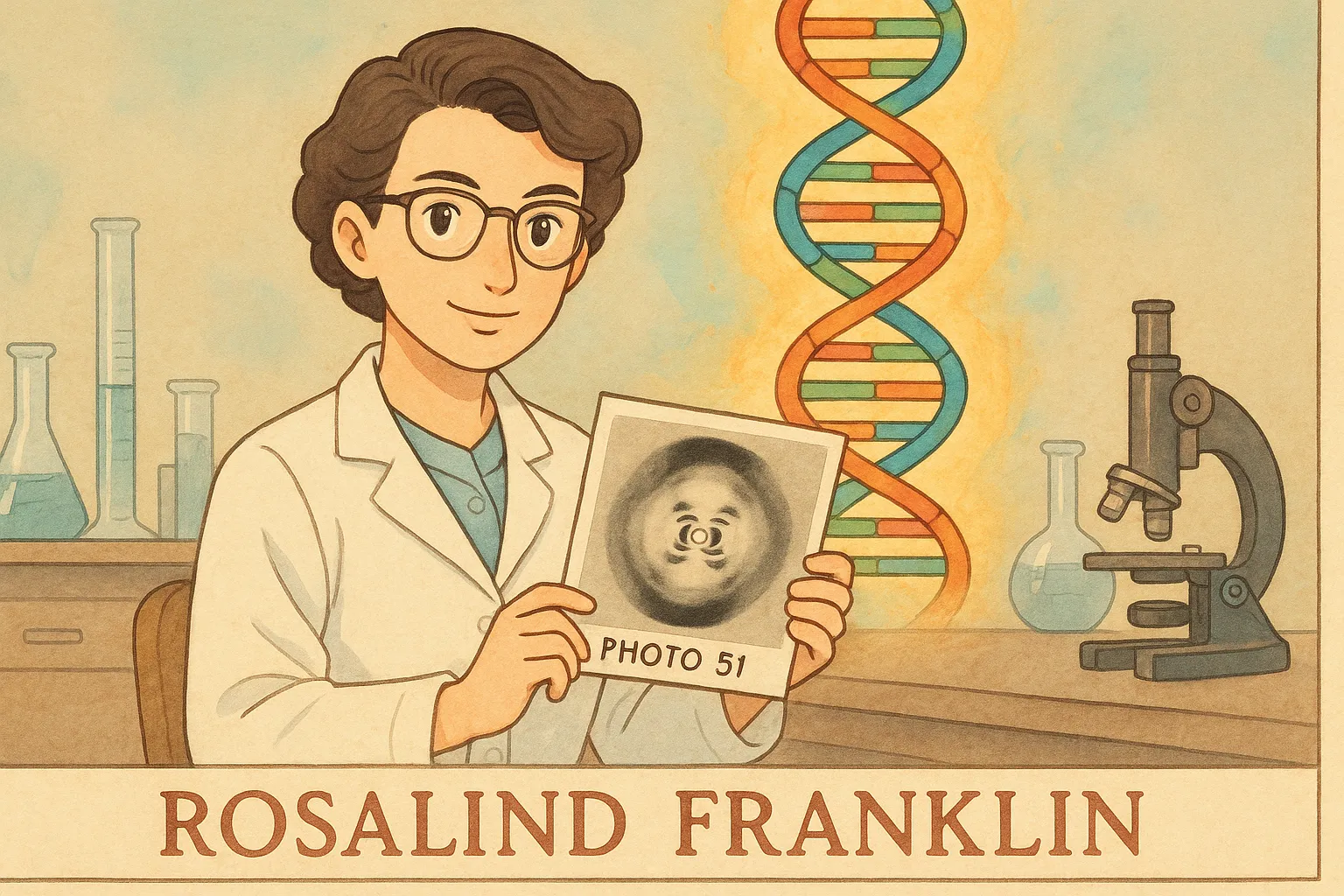
Frequently Asked Questions
Where did Rosalind Franklin study and train?
She studied natural sciences at Newnham College, Cambridge, then worked on coal research in Britain. Later she spent time in Paris learning advanced X-ray methods that shaped her later work.
What did she research before studying DNA?
During and after WWII she researched the structure of coal and carbon at the British Coal Utilisation Research Association, publishing influential papers on coal porosity and structure.
Where did she work after leaving King’s College?
She moved to Birkbeck College, University of London, where she led important studies of viruses, including work on the tobacco mosaic virus that advanced structural virology.
Did Rosalind Franklin ever win a Nobel Prize?
No. The 1962 Nobel in Physiology or Medicine went to others for related discoveries. Franklin had died in 1958; the Nobel is not awarded posthumously.
How and when did she die?
Rosalind Franklin died of ovarian cancer in 1958 at the age of 37.
Who were some of her scientific collaborators?
She supervised students like Raymond Gosling and worked alongside colleagues such as Maurice Wilkins. At Birkbeck she interacted with scientists including J.D. Bernal and Aaron Klug.
Are there places or awards named after her today?
Yes. Institutions and initiatives bear her name, including the Rosalind Franklin University of Medicine and Science and the Rosalind Franklin Institute, plus memorials, plaques, and awards honoring her legacy.
Did she publish her findings?
Yes. Franklin published several detailed technical papers on carbon, DNA patterns, and viruses; her careful data and methods were highly respected by fellow researchers.
What do people remember about her besides the science?
She is remembered for her meticulous lab technique, strong work ethic, mentorship, and as an influential role model for women pursuing careers in science.
